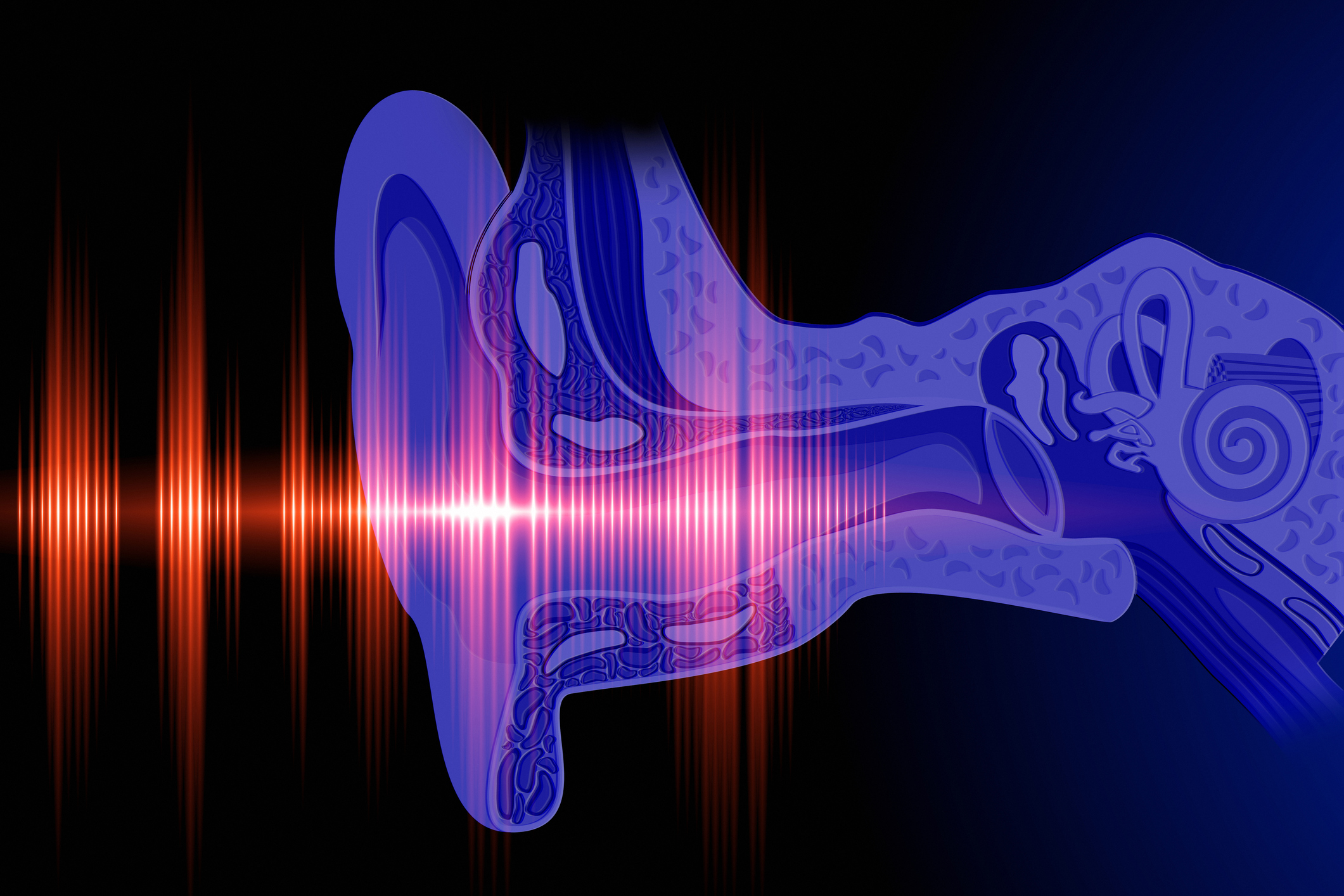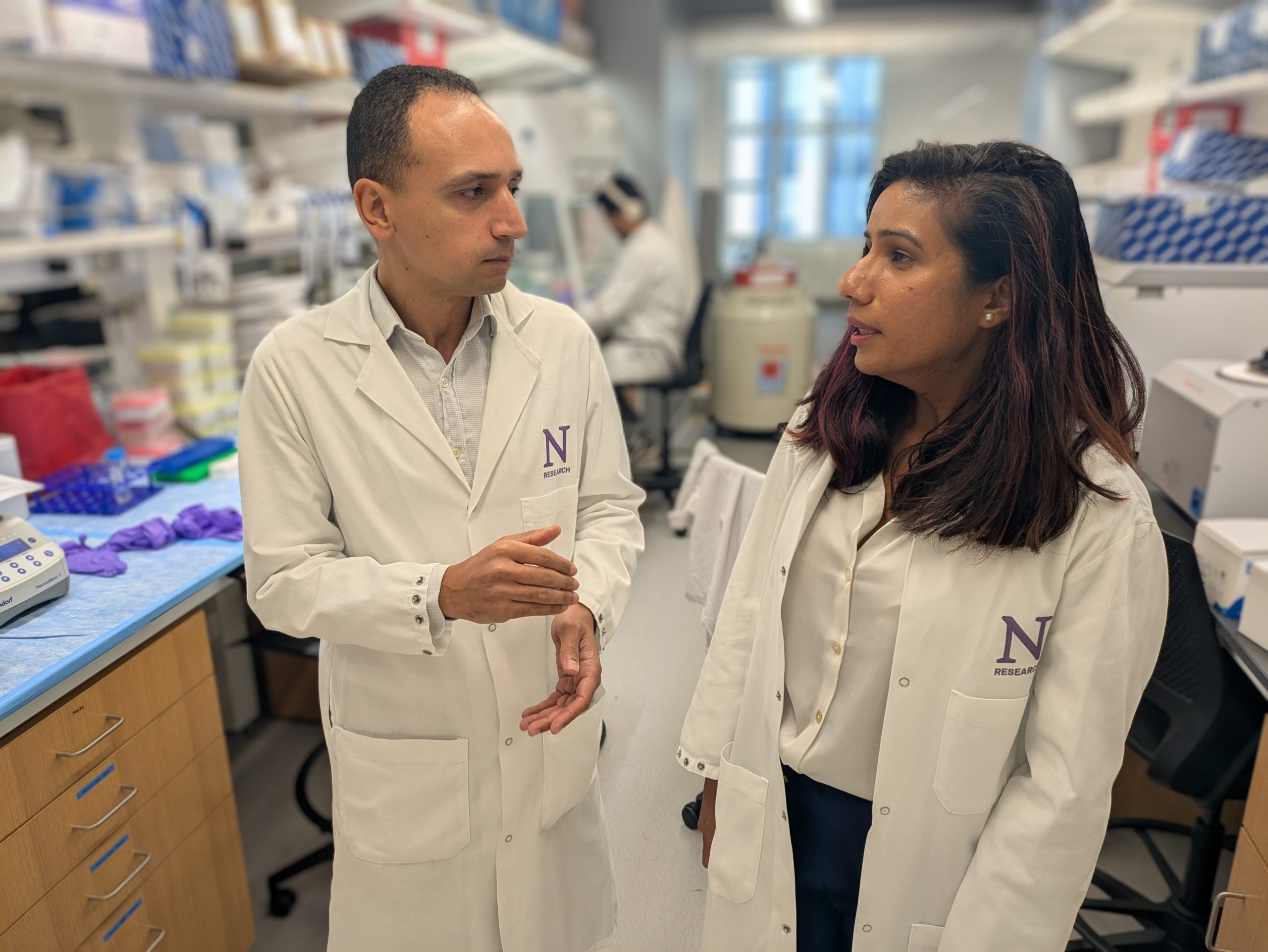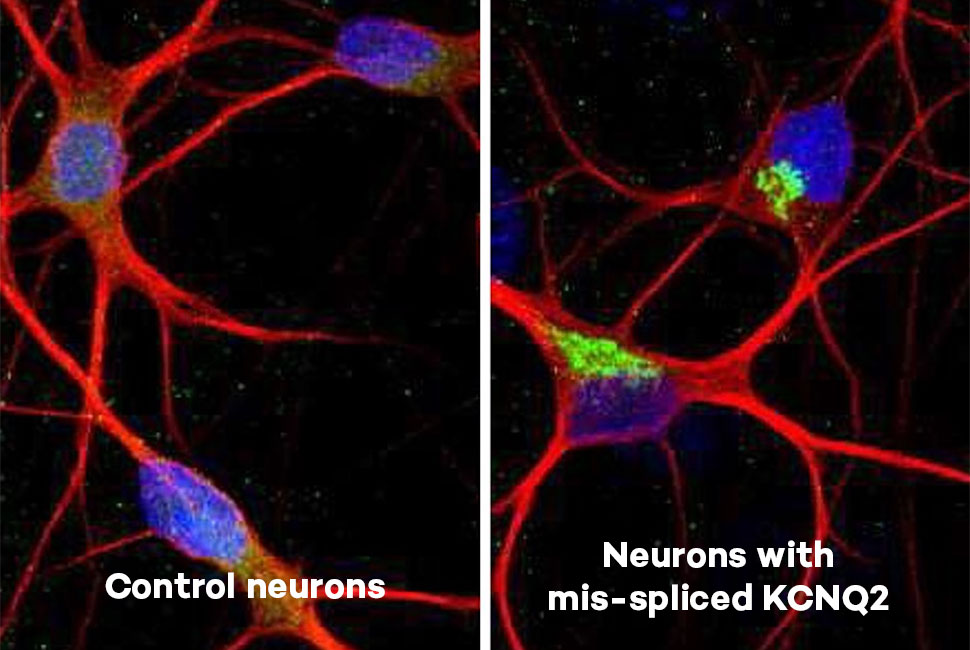
Northwestern Medicine investigators have identified a metabolism-related gene that may play a role in recruiting immune cells to support the growth of aggressive brain tumors, according to a study recently published in Nature Communications.
Glioblastoma, one of the most complex and treatment-resistant cancers, has a five-year survival rate of just 6.9 percent, according to the National Brain Tumor Society. The average length of survival is estimated to be around 14-20 months, a figure that has barely improved since glioblastoma was first identified in scientific literature in the 1920s.
Treating glioblastoma is particularly difficult because the tumor recruits immunosuppressive macrophages – white blood cells that defend the body against disease and infections – into the tumor microenvironment to support the tumor’s growth and make the tumor more resistant to therapy, said Peiwen Chen, PhD, assistant professor of Neurological Surgery and senior author of the study.
“Tumor- associated macrophages are the largest population of cells and can account for about 30 to 50 percent of the total cells in the glioblastoma tumor,” said Chen, who is also a member of the Robert H. Lurie Comprehensive Cancer Center of Northwestern University. “The infiltration of macrophages and altered tumor metabolism are two key hallmarks of glioblastoma. However, we don’t know much about the mechanism underlying their connection, so that’s the question we are trying to answer.”
In the study, Chen and his collaborators screened a panel of metabolic small-molecule compounds to identify which ones can inhibit glioblastoma cell-induced macrophage migration. They found that stiripentol – an FDA-approved antiepileptic drug which inhibits expression of the gene LDHA, a gene partially responsible for glycolysis – emerged as the top hit. Additionally, investigators observed increased expression of LDHA in glioblastoma cells which was induced by tumor-associated macrophages delivering more proteins to the tumor. This process formed a feedback loop which resulted in more macrophages being recruited to the tumor, according to the study.
The scientists then aimed to inhibit the glioblastoma-macrophage symbiotic interaction with drugs designed to inhibit LDHA and found that the treatment impaired glioblastoma cell proliferation and macrophage migration. The findings were then validated in mouse models, according to the study.
“We identified that LDHA mediates the symbiotic interaction between glioblastoma cells and macrophages. And when we block this interaction by inhibiting LDHA, we find that this interaction was blocked and the tumor progression was significantly inhibited,” Chen said.
The findings suggest LDHA could serve as a potential therapeutic target for glioblastoma, Chen said.
“There is already an FDA-approved LDHA inhibitor drug which could be used,” said Chen, who is also a member of the Center for Human Immunobiology. “For the future, we would like to prove this further in mouse models and then in humans to initiate a clinical trial for the use of LDHA inhibitors in treating glioblastoma patients.”
The study was supported by National Institutes of Health grants R00 CA240896, R01 NS124594, R01NS127824, a Department of Defense Career Development Award W81XWH-21-1-0380, the Cancer Research Foundation Young Investigator Award, a Lynn Sage Scholar Award and American Cancer Society Institutional Research Grant IRG-21-144-27.






